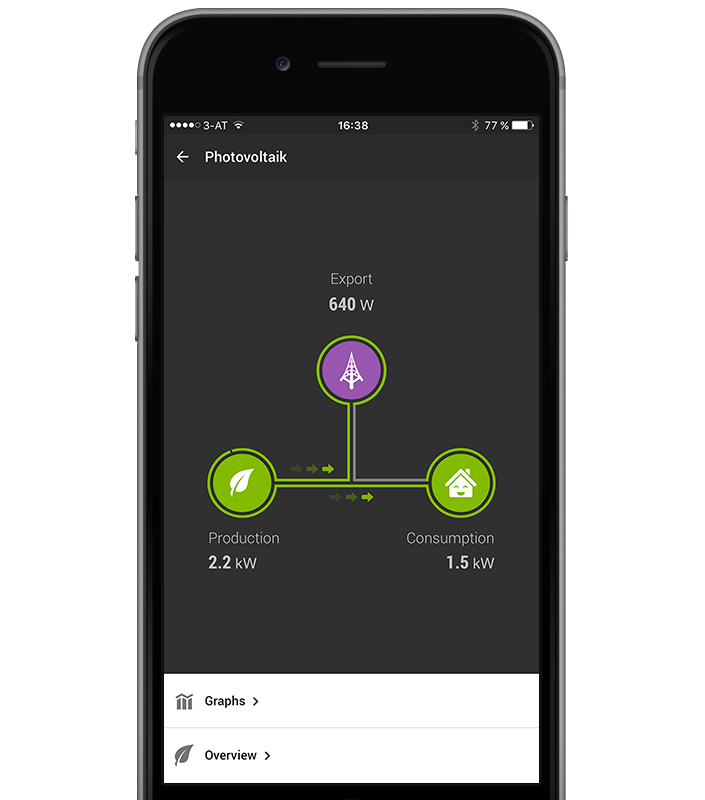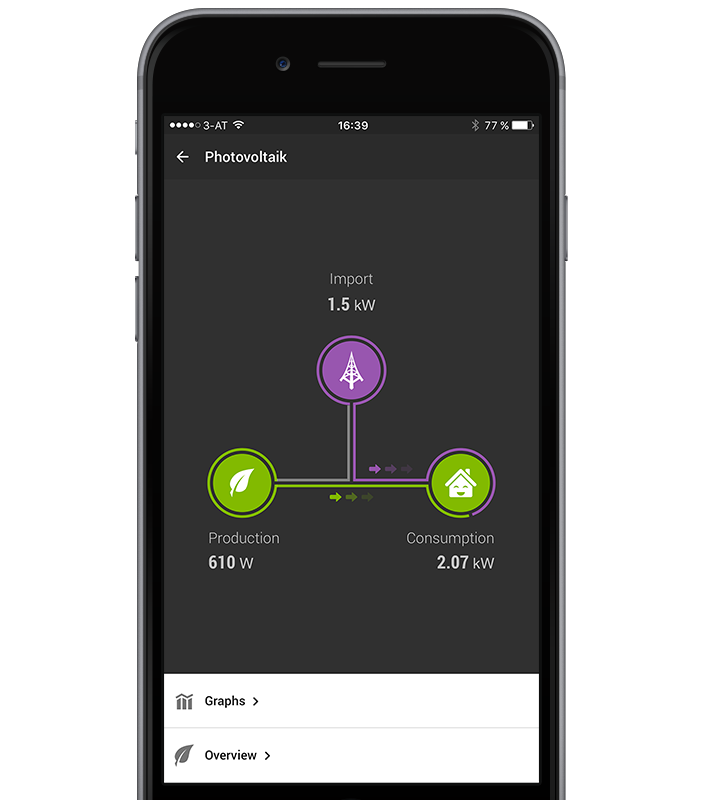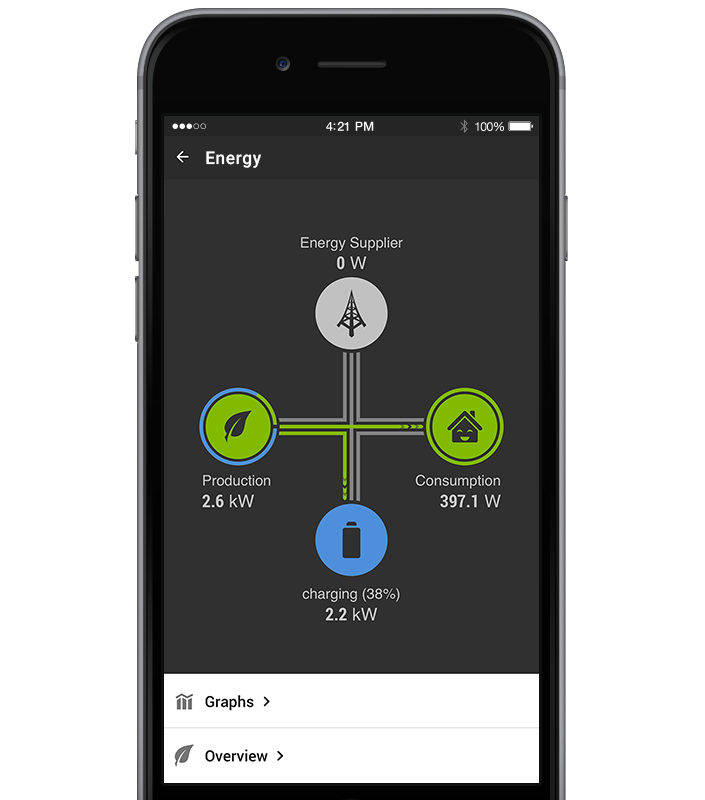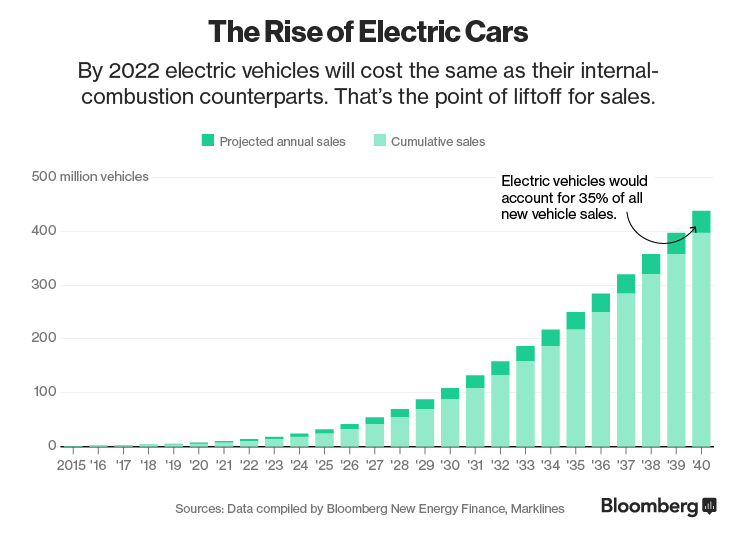
The advantages of integrating smart home technology with your solar panels
It seems Britain is finally shaking off the winter chill and the sun is returning. The last weekend of March was so sunny that it broke records; for the first time in the UK, the amount of electricity demanded by homes and businesses in the afternoon on Saturday 25th March was lower than it was in the night – all thanks to solar panels. In fact, the sunshine meant that solar power produced six times more electricity than the country’s coal-fired power stations on Saturday. It’s a great milestone for renewable energy.
Despite the lack of incentives or grants currently available for those installing photovoltaic systems, coupled with the gloomy outlook post-Brexit, there’s still plenty to be cheerful about if you have, or are considering installing solar panels, especially if smart home technology is also on your wish list.
In this blog, we’ll be taking a look at how you can get more from your solar PV system when you integrate it with a Loxone Smart Home.

The Effortless Eco Warrior
If you’ve been doing your reading on Loxone, you’ll know that our Miniserver can be integrated with a variety of solar inverters in order to optimise how the energy you generate via your PV panels is used throughout your home.
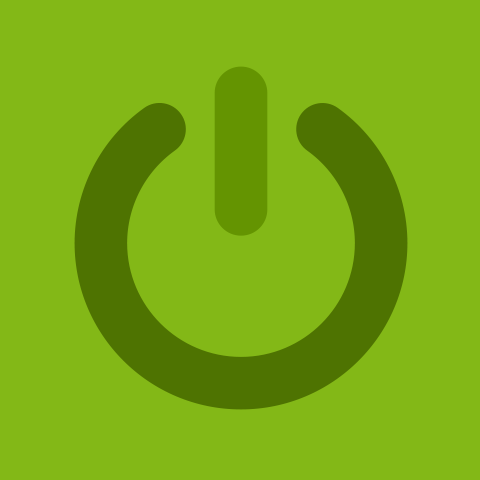
Say goodbye to standby
Even when ‘switched off’ there are many devices and appliances around your home that use power when not in use. That could include anything from the TV to the clock on your microwave or phone chargers left in fully charged phones. Although each device may only pull a little power during standby mode, the cumulative effect on your wallet can run into the hundreds of pounds a year.
With Loxone, you can turn off your devices on standby automatically when they’re not needed to help save some of this energy.
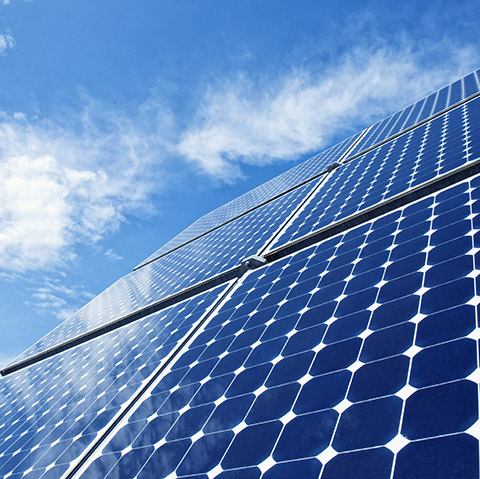
Balance the load
A great advantage of having advanced control of your PV system is that you can balance the overall load of your home, using the ‘free’ electricity from the sun to run appliances like the dishwasher or washing machine.
There’s little that’s more annoying than having to buy energy back from the Grid in the evenings for a much princelier sum than you received for selling it earlier in the day. So instead of selling it back, why not use it for solar water heating and enjoy a hot shower after returning from the gym, for example?
Total Energy Consumption
Your Loxone Smart Home intelligently monitors your home’s current electricity consumption as well as your electricity production. You can view this information directly from your smartphone at all times.
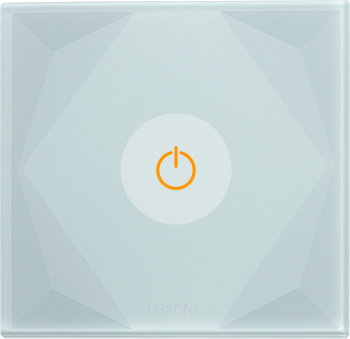
Energy Saving A Touch Away
A triple tap of a switch by the front door can trigger the ‘All Off’ mode. The ‘All Off’ mode can do everything from switching off all the lights and music throughout the house to turning down the heating, arming the alarm, and, of course, powering down any non-essential appliances or devices.
Free electric car charging
Unlike solar, the adoption of electric cars has seen very strong growth over the last few years. In January of this year, The International Council On Clean Transportation (ICCT) reported that global electric car sales had hit two million. Ok, so it’s a small percentage of the number of cars on the road, but growth is strong and is showing no signs of slowing.
Suddenly, electric cars have got sexy. It’s probably safe to say that a large part of that is thanks to Tesla, who have transformed consumer perception of electric cars as ugly and weedy to efficient, stylish powerhouses of the road. That’s reflected in the 400,000 Model 3 reservations Tesla have received since unveiling the Model 3 last March.
It seems even London’s famous black cabs aren’t escaping the energy saving drive, with reports suggesting that we’ll start seeing electric and hybrid versions of the iconic Hackney carriage as early as the end of this year.
So how can a Loxone Smart Home benefit the electric or hybrid car owner? You may have already seen that we offer the KEBA Wallbox on our webshop, or even used it to charge your car outside our offices. KEBA are a well-known manufacturer of car charging wallboxes, which include the BMWi wallbox.
There are several advantages to integrating your KEBA wallbox with a Loxone Smart Home:
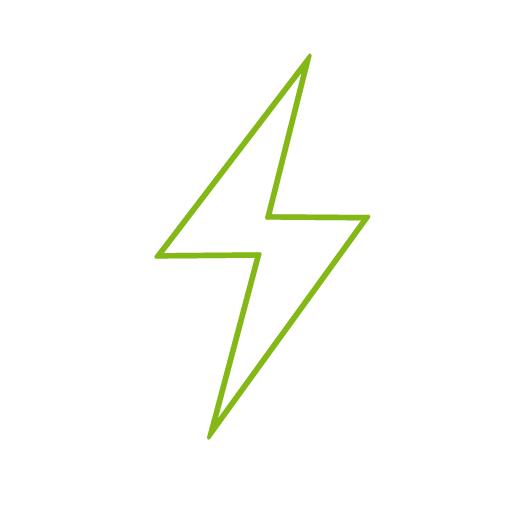
Fuss-free data recording
There’s no need to scrutinise the energy meter to see exactly how much energy you’re using to charge the car as the Miniserver takes care of this for you. The Miniserver can communicate with your wallbox to keep track of all of your charging activity, including your electricity consumption.

Easy To Understand Statistics
Now, it’s one thing to keep a record of your energy consumption, but what happens to all that data? If you’re keen to see how much electricity your shiny new car is using, all you need to do is open up the Loxone Smart Home app; you’ll be able to see your charging status, charging times and, of course, how much energy you’re using to charge the car. This information is displayed in a clear, simple format so that it’s easy to see exactly what you’re using at a glance.
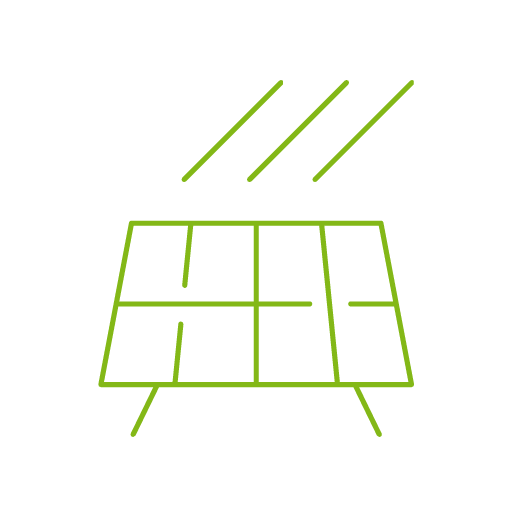
Zero Cost
Charge your car using the energy that your PV system produces.

Specify Charging Times
If you live in an area where electricity prices are cheaper during ‘off-peak’ times, you can set your wall box to begin charging only when the off-peak tariff is available. Alternatively, if you use the car for commuting and need to ensure you reach a certain level of charge by the time you set off in the morning, your smart home can take care of this.
Working Together
In a Loxone Smart Home, all of the components work together – from the music to the blinds – creating a more comfortable, energy-efficient space for you and your family.
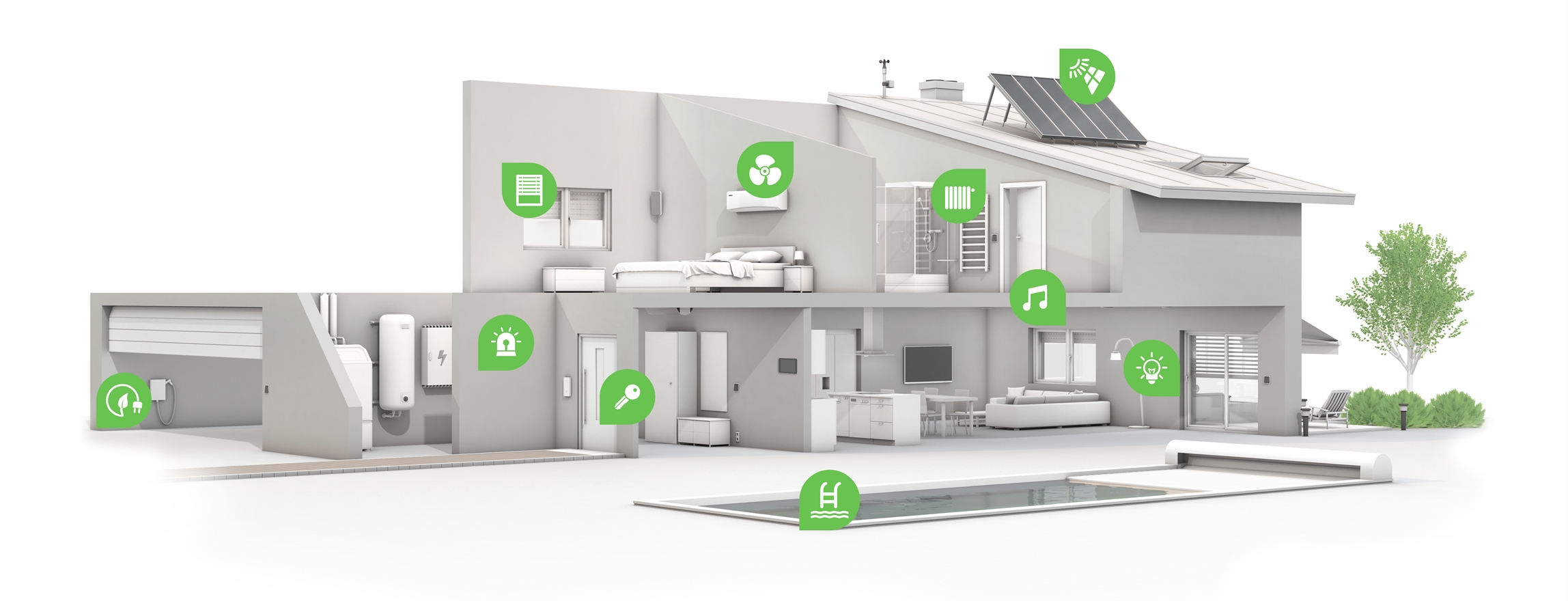
Order Your Free Magazine
Request your free magazine today and discover how you can create an energy efficient smart home with Loxone.

